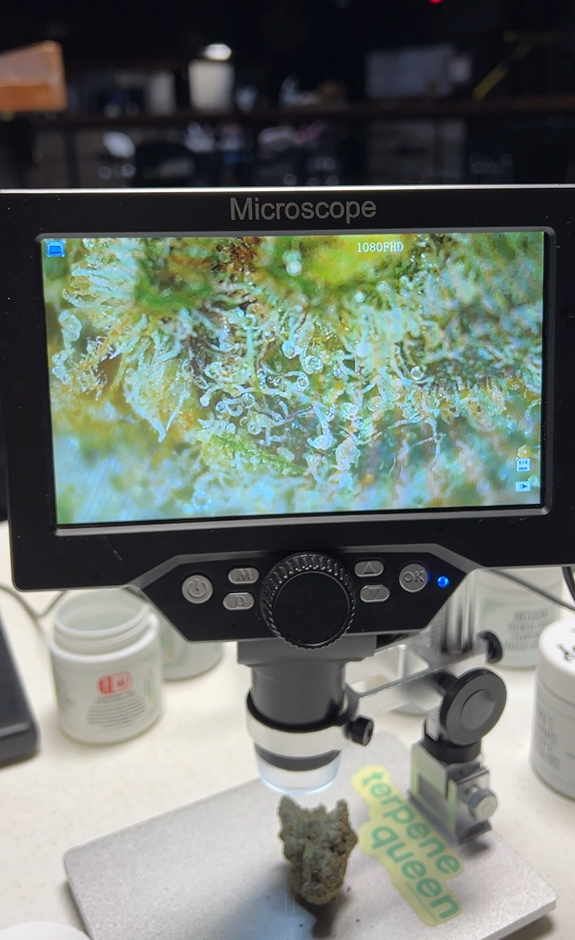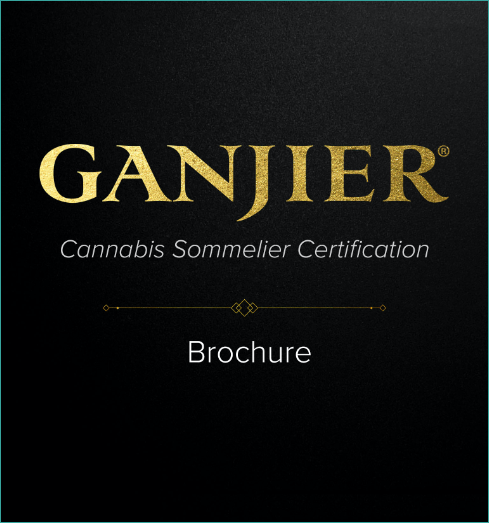Last weekend, 12 Certified Ganjiers were chosen to judge at the 2022 Cowboy Cup in Stillwater Oklahoma.
The judges were selected by both the Ganjier team and the organizers of Cowboy Cup based on their experience, field of expertise, and to ensure diverse viewpoints were represented. This team of 12 included multi-generational legacy cultivators, trained medical professionals, manufacturers and processors.
They were asked to assess quality and desirability of the flower in each of the three categories (sungrown, light assist and indoor) and identify the top three winners in each category. The judges were not paid for their time, skills, or efforts nor was there any financial agreement between Ganjier and the Cowboy Cup.
To conduct the evaluation, the Ganjiers received de-identified samples and once received, stored the original sealed containers in an environmentally controlled room to preserve both the chain of custody and the condition of the flower prior to evaluation.
During the initial evaluation, each Certified Ganjier was given their own sample pack, and each Certified Ganjier performed their own independent assessment on the samples they were given. Additionally, several Certified Ganjiers brought advanced visual inspection technology in order to be as accurate as possible. Once contamination was identified, it was alerted to the rest of the group, and each assessor was asked to validate their diagnosis.

Visual inspection tools used by Certified Ganjiers to perform the visual assessments
This means that every sample that was marked contaminated was reviewed by all 12 judges to ensure absolute certainty of the failing grade.
Unfortunately, the results were not great:
- Of the 12 samples in the “sun-grown” category, 10 were found to consistently show both visual and aromatic indications of contamination.
- Of the 8 samples in the “light assist” category, 7 were found to consistently show both visual and aromatic indications of contamination.
- Of the 20 samples in the “indoor” category, 2 were found to consistently show both visual and aromatic indications of contamination.
- This means that contamination was clearly visible in 19 of the 40 samples submitted to us for assessment.
Examples of contamination documented in the samples
Because the levels of contamination were both clear and evident to the Certified Ganjiers, the samples were disqualified from the competition. Each disqualified sample was photo-documented for proof of contamination.
While there’s lots to learn as to why the samples were contaminated, we want to be crystal clear: we are not suggesting anyone is selling cannabis that did not meet state regulations. There are many potential explanations as to how lab tests / COA’s did not catch the contaminated samples when the Certified Ganjiers did such as: moisture content, inconsistent lab testing, harvest sample etc. But we do know the judges did their job to accurately access the samples they were provided.
We share the Cowboy Cup organizers’ and most importantly the participating cultivators’ disappointment in how the results were communicated. We are tremendously sympathetic to the cultivators who put their blood, sweat, and tears into growing high-quality cannabis, and then also going through so much effort to submit their entries into the competition.
In the future, we will certainly ensure the news is delivered in a more sensitive manner, and to anyone who felt disrespected in this process, we apologize.
Despite this being a challenging experience for all involved, we see this as an important learning opportunity that can benefit the cannabis community moving forward.
We look forward to working with Cowboy Cup to fully investigate the reasons why this situation occurred this year, and determine better methods for improving for next year.

